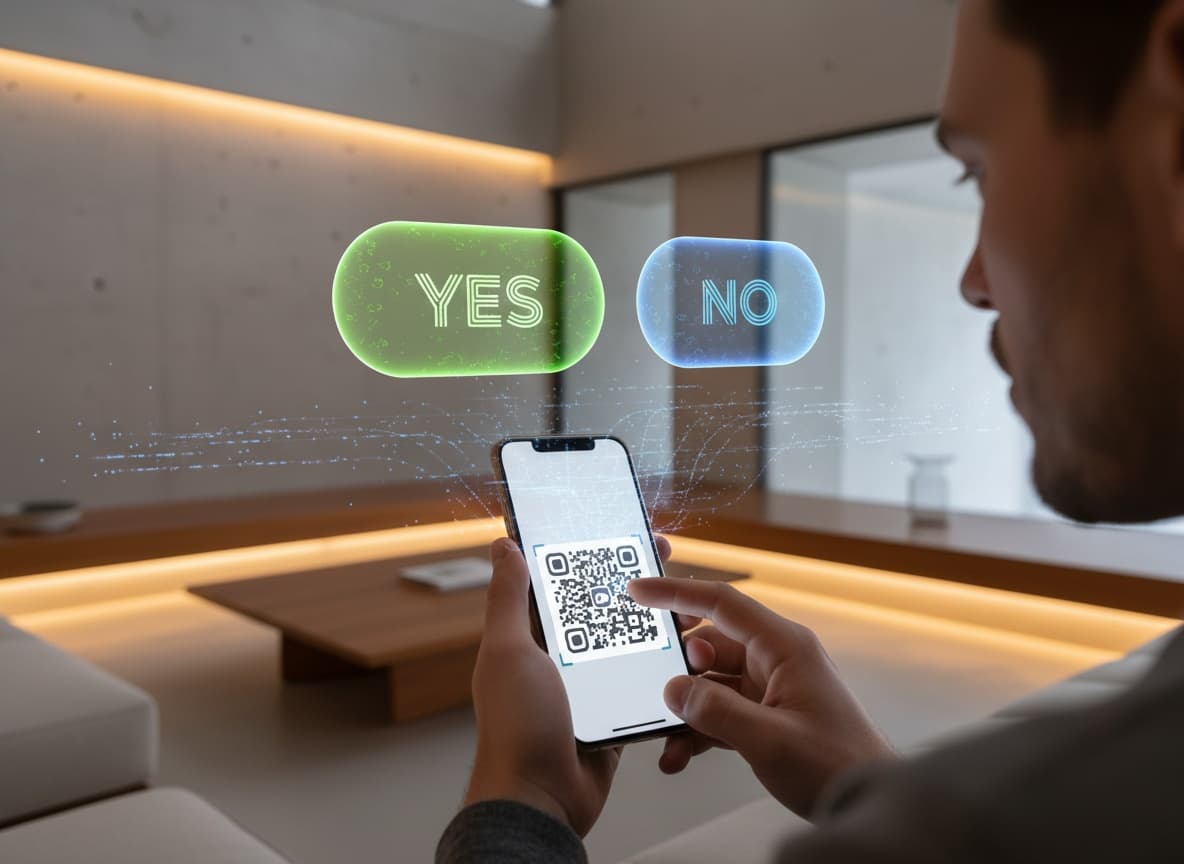Upselling is one of the strongest revenue drivers for service businesses, but many owners avoid it out of fear of sounding pushy. The truth is that effective upselling does not feel like sales. It feels like guidance. When done correctly, clients perceive it as personalized support, better outcomes, and smarter decisions. Salons, gyms, clinics, spas, and wellness providers all benefit from learning how to present additional services in a natural, consultative, and respectful way.
This guide shows how to upsell without pressure using consultative selling, timing psychology, value framing, sensory cues, micro commitments, menu engineering, and QR triggered recommendations that feel relevant instead of sales driven.
Upsell with confidence and zero pressure
Use timing, value framing, and QR guided recommendations to make upgrades feel natural and helpful.
Consultative selling: the foundation of non pushy upsells
Consultative selling focuses on understanding the client’s goals, preferences, and constraints before suggesting anything. Instead of offering upgrades randomly, you position yourself as a guide. This method works especially well in salons, gyms, and clinics because the provider already has contextual knowledge about the client’s needs.
Consultative selling requires three steps:
• Diagnose: Understand what the client is trying to achieve.
• Match: Suggest only what clearly supports that goal.
• Validate: Explain why the upgrade improves results or experience.
Clients do not resist upsells when they solve a real problem. They resist when they feel irrelevant or forced. A simple QR based recommendation flow can reinforce this by showing options visually and allowing clients to explore privately.
Timing psychology: suggest at the right moment
The success of an upsell depends heavily on timing. If you suggest an upgrade too early, clients feel pressured. If you suggest too late, the moment is gone. Behavioral psychology shows that people are more receptive to recommendations after a small win, a moment of clarity, or during transitions.
Best upsell timing moments include:
• After a positive reaction to the main service.
• When the provider explains expected results.
• When a client asks a clarifying question.
• During check in or post session review in gyms.
• After initial diagnosis in clinics.
A QR scan trigger at these moments delivers contextual suggestions that feel natural rather than scripted.

Value framing: make the benefit clear instantly
Clients dislike upsells that increase cost without increasing clarity. Value framing helps present upgrades in a way that highlights the improvement, not the price. When framed correctly, upgrades feel like natural extensions of the service.
Effective value framing includes:
• Showing how the upgrade accelerates or enhances results.
• Comparing outcomes with and without the upgrade.
• Using simple visuals (easily done with QR pages).
• Highlighting long term benefits like durability, recovery, or performance.
A VISU powered landing page can visually compare options using before and after images, timelines, or short educational animations.
Sensory cues that reduce resistance
Sensory psychology influences how receptive clients are to recommendations. The environment can soften or amplify the perceived pressure of an upsell.
Sensory cues that improve acceptance:
• Soft lighting or warm tones during the conversation.
• Calm background sound instead of noise.
• Clean, well organized menus or visual aids.
In practice, this means pairing QR upsell triggers with visually pleasing layouts. A calm QR page reduces cognitive load and makes clients feel safe to explore options privately.
Micro commitments: encourage small yes steps
Micro commitments are small actions that build momentum toward a larger decision. Once a client says a small yes, they become more open to follow up suggestions. This technique reduces pressure and helps clients feel in control.
Examples:
• Ask a confirming question such as “Do you want better hydration?”
• Show a QR with a simple question flow.
• Let clients tap through options before deciding.
Micro commitments reduce decision friction and make the final upgrade feel natural instead of salesy.

Menu engineering: design choices that guide behavior
Menu engineering refers to structuring service options in a way that guides clients logically and makes upgrades feel obvious. This works across salons, gyms, and clinics, especially when using QR menus.
Menu engineering tricks that work:
• Highlight the most popular upgrade (social proof).
• Create good-better-best options.
• Add value indicators instead of price emphasis.
• Use visuals to show differences.
QR menus work perfectly because you can rearrange content dynamically without reprinting anything.
QR triggered recommendations: upselling without talking
QR triggered recommendations remove the awkwardness of verbal upsells. Clients scan when they feel ready, explore privately, and choose without pressure. This alone increases conversion rates because the experience feels self guided and respectful.
Examples of QR upsell triggers:
• Salon mirrors: Scan for upgrade options tailored to your hair type.
• Gym equipment zones: Scan for advanced training plans.
• Clinics: Scan for treatment add ons or recovery accelerators.
• Spas: Scan for ritual enhancements or aromatherapy upgrades.
QR upsell pages built with VISU QR Ads give clients interactive menus, visuals, and recommendations based on goals.
Scripts that help upsell naturally
Here are service friendly, zero pressure scripts that boost upgrade acceptance:
Salon script: “Your hair responded really well today. If you want more shine and longer lasting results, you can scan this for the hydration booster options. It shows the difference between each one.”
Gym script: “Since your form is improving, you might benefit from a strength progression plan. You can scan that QR to see which plan fits your goal.”
Clinic script: “Based on your symptoms, there are a couple of supporting treatments that can speed up recovery. You can scan here to see what they include and when they’re most effective.”
Spa script: “If you want a deeper relaxation today, we have two enhancements that pair really well with your session. You can scan this to compare them visually.”
Examples of effective upgrade flows
Salon example: Clients scan a mirror QR that opens a menu showing hydration, shine, and repair treatments with short explanations and visuals. Acceptance increases because clients control the process.
Gym example: Members scan QR posters near equipment to view advanced programs. Because the moment is contextual, conversion rates are high.
Clinic example: Patients scan QR follow up messages that open suggested add ons tied to their diagnosis. This increases clarity instead of pressure.
Spa example: Clients scan a calm, visually rich QR menu in relaxation rooms. Upgrades feel like part of the experience, not an interruption.
Upsell with clarity, timing, and respect
Use consultative selling, micro commitments, and QR triggered menus to upgrade services naturally and effectively.

